Sow Thistle
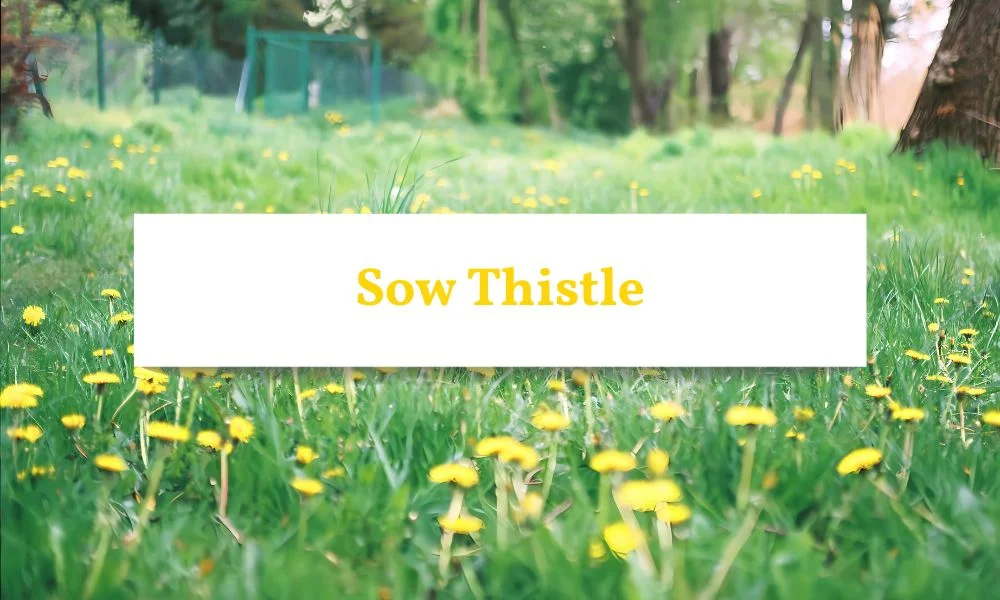
Sow Thistle
Sow thistle (sonchus oleraceus) is a common weed that pops up in lawns, gardens, and even cracks in the pavement. You can spot it by its soft, jagged leaves that form a rosette at the base and send up tall, hollow flower stalks. The yellow flowers look a lot like dandelions, but each stalk holds several blooms instead of just one.
Characteristics of Sow Thistle
Sow thistle is a common weed found across the United States. You’ll often see it in gardens, lawns, and farming areas. It’s easy to recognise once you know what to look for.
Leaves
Sow thistle leaves are bluish-green with jagged edges. They start as a low rosette, then grow along the upright stem. The leaves are smooth, and some may wrap around the stem. When broken, they release a white, milky sap.
Flowers
The flowers are pale yellow and look like small dandelions. They’re usually 1/4 to 3/4 inch wide and grow in clusters at the ends of stems. Unlike dandelions, which grow one flower per stalk, sow thistle grows several.
Seeds
When ready, the plant forms white fluffy seed heads, just like a dandelion puff ball. These soft seeds blow away in the wind, helping the weed spread quickly.
Stems
The stems are tall (1–4 feet), hollow, and usually grow straight up without branching. If cut, they also leak a milky sap. The word Sonchus, its scientific name, means “hollow” in Greek.
Roots
Sow thistle has a strong taproot that helps it survive in tough soil. Some types also grow extra roots underground (called rhizomes), which makes them even harder to get rid of.
Growth Habit
This weed grows upright in clumps and doesn’t turn woody. It often pops up in open areas, especially where the soil has been disturbed.
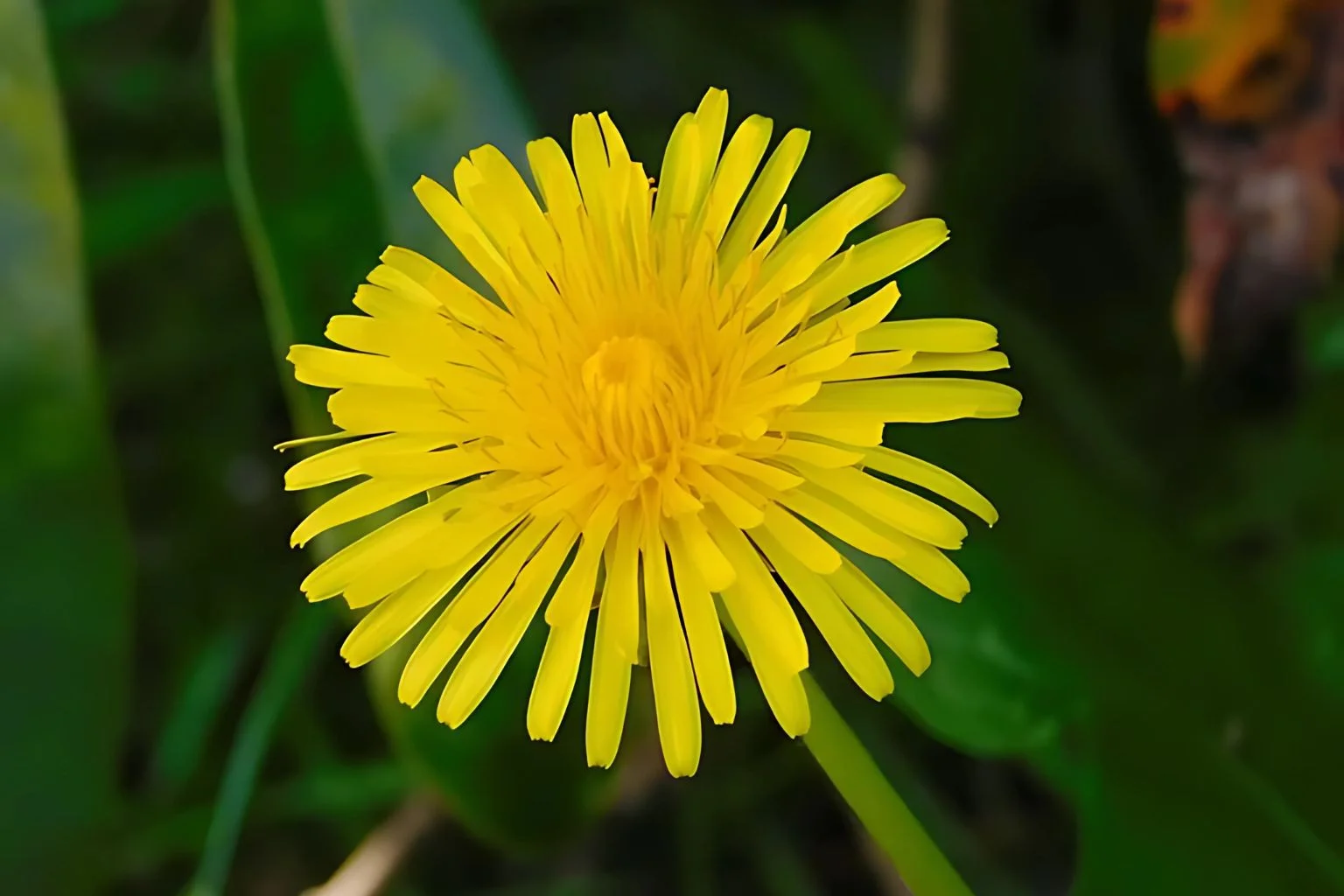
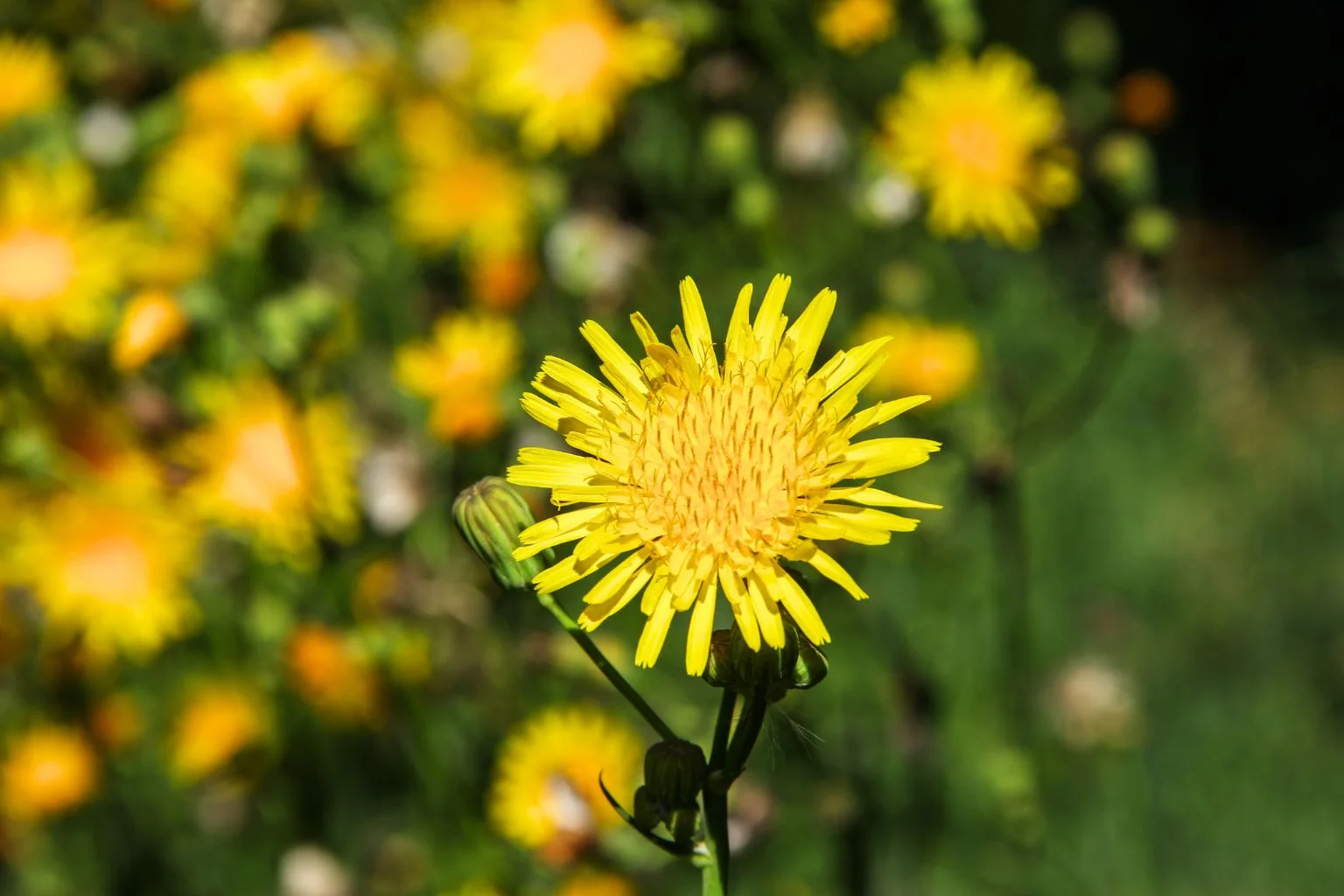
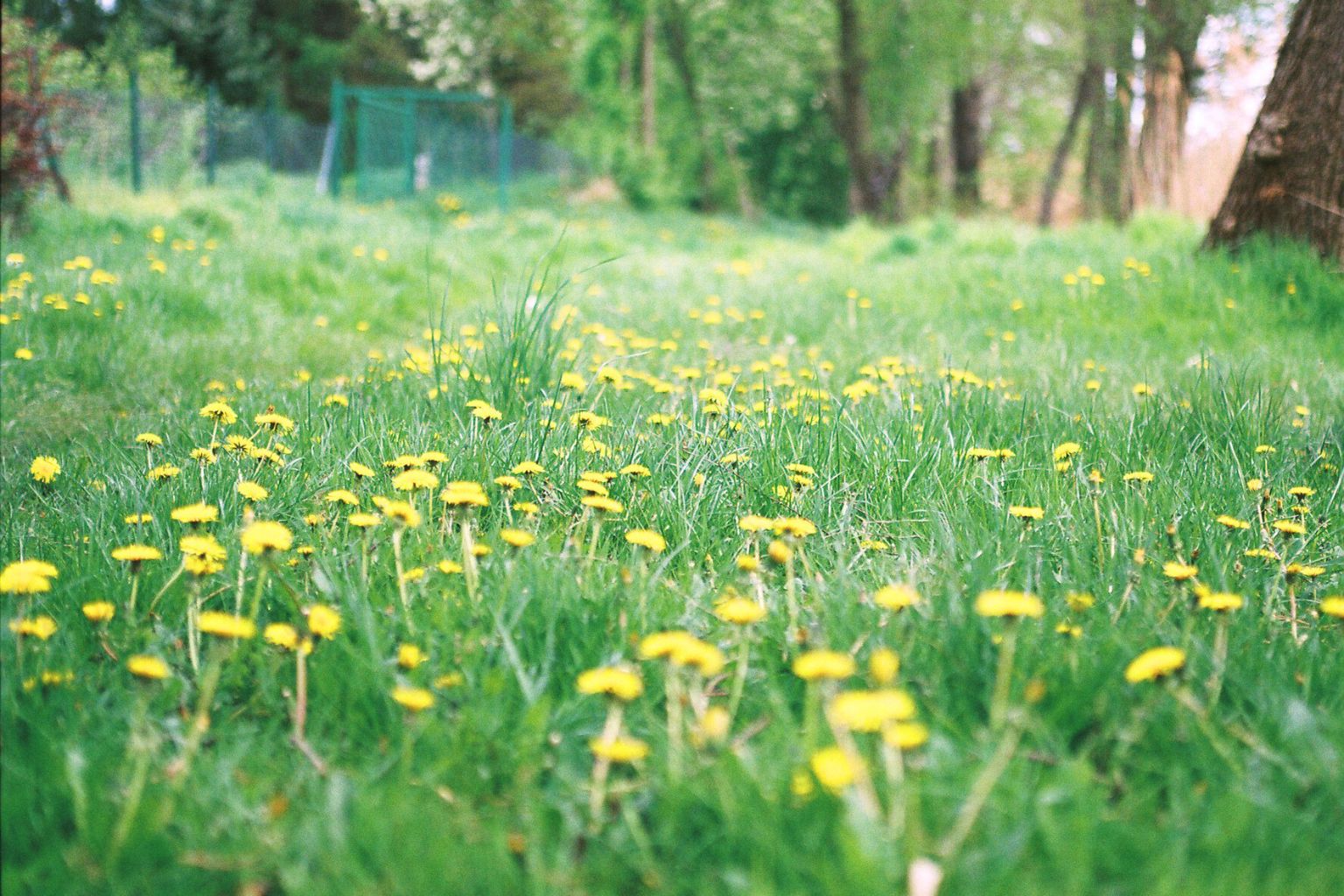
Why Is It A Problem?
Sow thistle grows fast and competes with your grass and garden plants for sunlight, water, and nutrients. Its seeds travel easily on the wind, so even a few plants can quickly turn into a big patch. Because it can grow in poor soil and tough spots, it often takes over bare ground, garden beds, and the edges of paths.
How to Identify Sow Thistle
Sow thistle is a common weed that looks a bit like a dandelion but has some unique features. Knowing what to look for makes it easier to find and control.
-
Leaves: The leaves are soft and deeply cut, shaped like jagged arrows. They wrap around the stem and are less prickly than true thistles.
-
Flowers: Bright yellow flowers look like dandelions but grow in groups, with several flowers on each stalk.
-
Stems: The stems are tall, hollow, and smooth. If you break one, sticky white sap will ooze out.
-
Seeds: The seeds have fluffy white “parachutes” that float away in the wind, just like dandelion seeds.
-
Growth: Sow thistle starts as a low bunch of leaves close to the ground, then grows tall flowering stalks.
Effective Methods
Keeping your lawn healthy is the best way to keep weeds like sow thistle away. By caring for your grass and using simple weed control steps, you can have a beautiful, weed-free lawn. Here’s how to do it:
Keep Your Lawn Thick and Healthy
Start by looking after your lawn. Mow regularly, water deeply but not too often, and fertilise as needed. Healthy grass grows thick and crowds out weeds like sow thistle, making it harder for them to take hold.
Pull Out Weeds Early
If you see young sow thistle plants, pull them out by hand before they flower and set seed. Try to get the whole taproot, especially when the soil is moist. Removing weeds early stops them from spreading.
Use Mulch in Gardens
Spread mulch in your garden beds to block sunlight and keep sow thistle seeds from sprouting. Mulch also helps your other plants grow by keeping the soil cool and moist.
Choose the Right Herbicide
For bigger infestations, use a selective broadleaf herbicide Sow Thistle Killer. Look for products with active ingredients like 2,4-D, MCPA, or dicamba. These Sow Thistle Killer target sow thistle without harming your grass. Always follow the label directions and spray when the weed is actively growing, usually in spring or autumn. For best results, treat the plants before they flower and produce seeds.
Prevent Future Problems
Remove any flowering sow thistle before it sets seed.
Clean your mower and garden tools after use to stop spreading seeds.
Fill in bare spots in your lawn quickly so weeds can’t move in.
Keep an eye out for new weeds and pull them out as soon as you spot them.





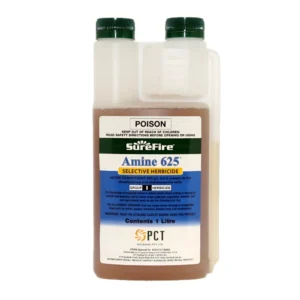
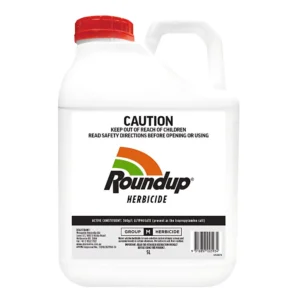
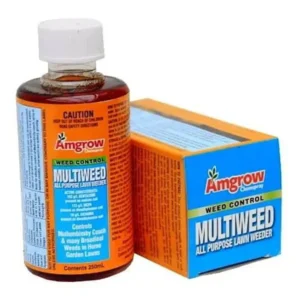
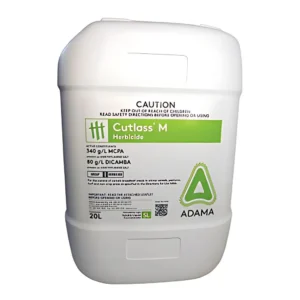
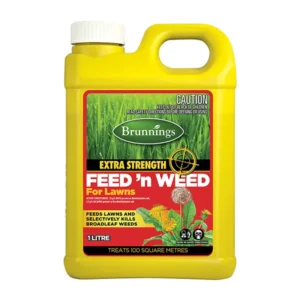
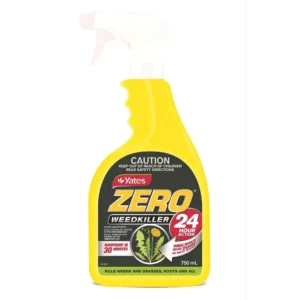
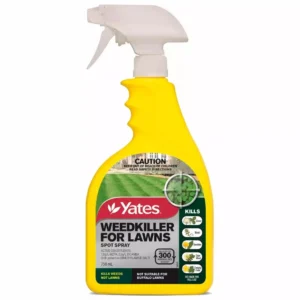
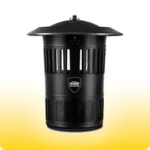 Mosquito Traps
Mosquito Traps